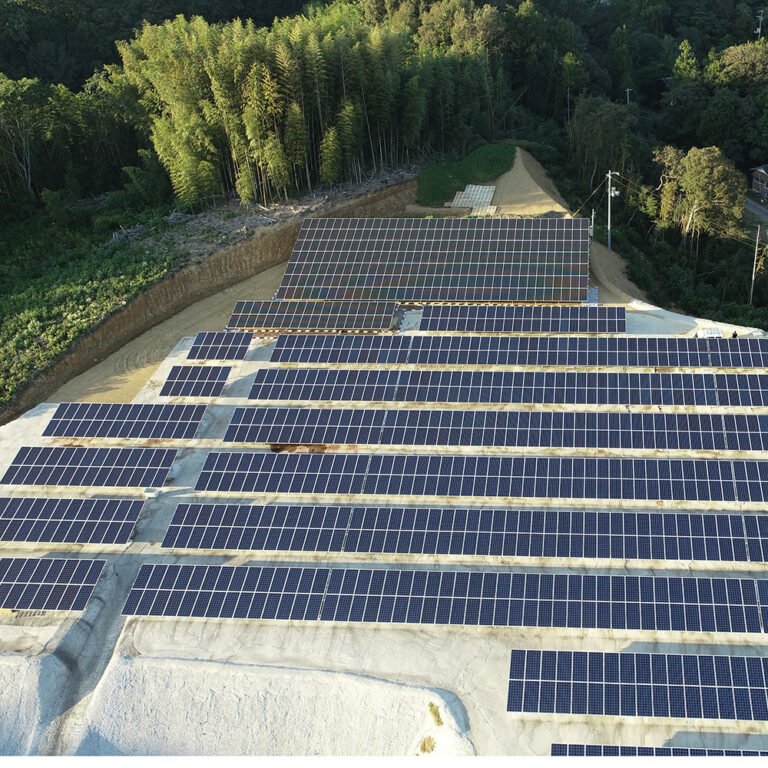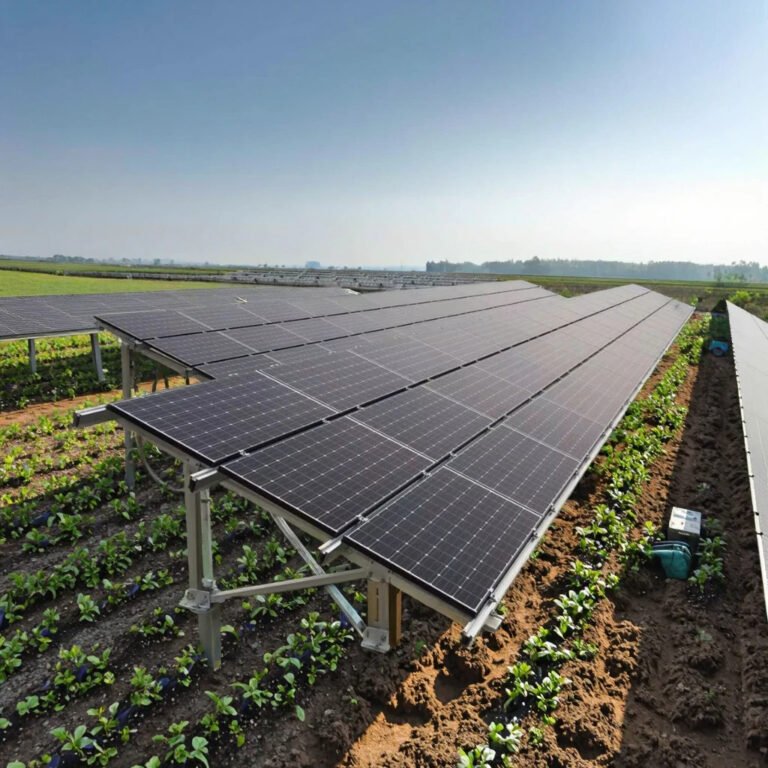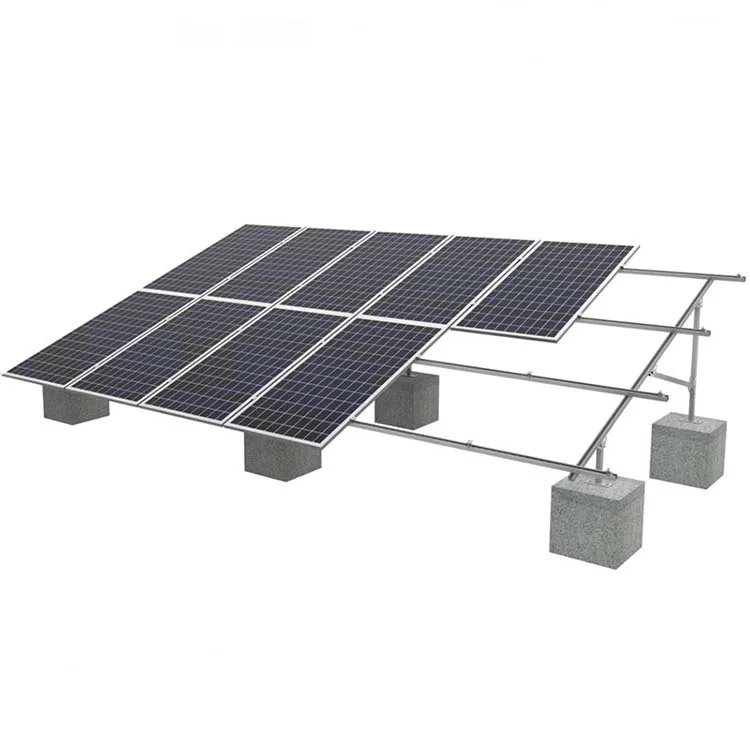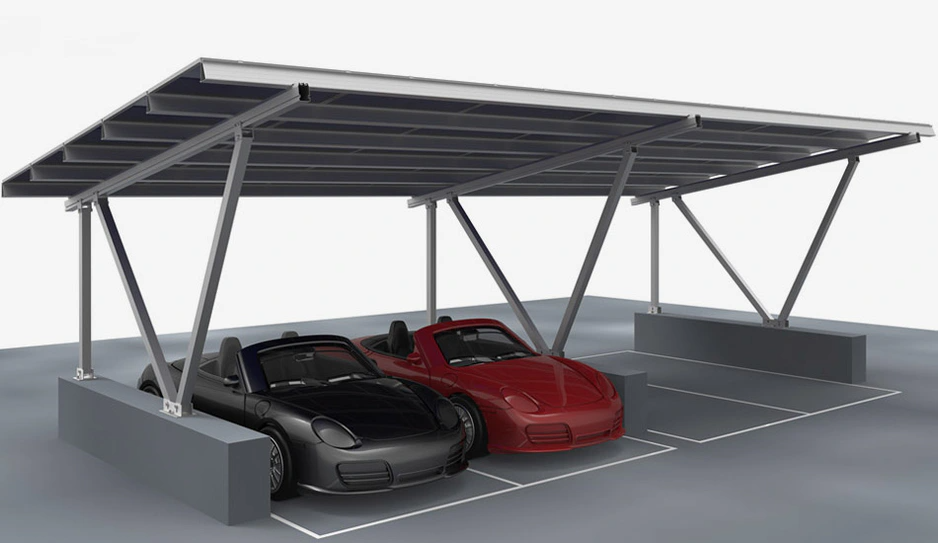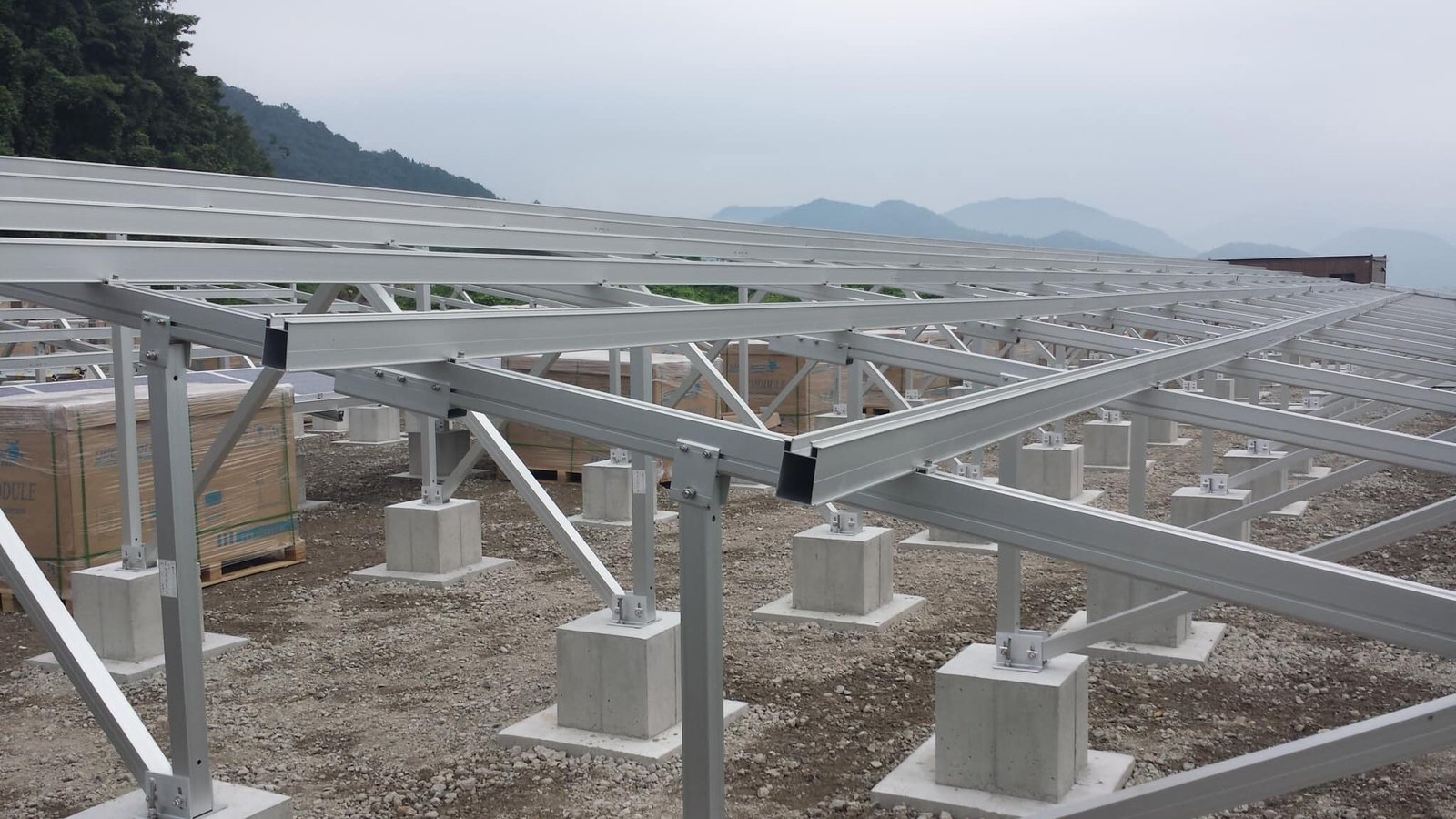-
2103 Room NO.322 Xinggang One Road, Haicang District, Xiamen Fujian, China
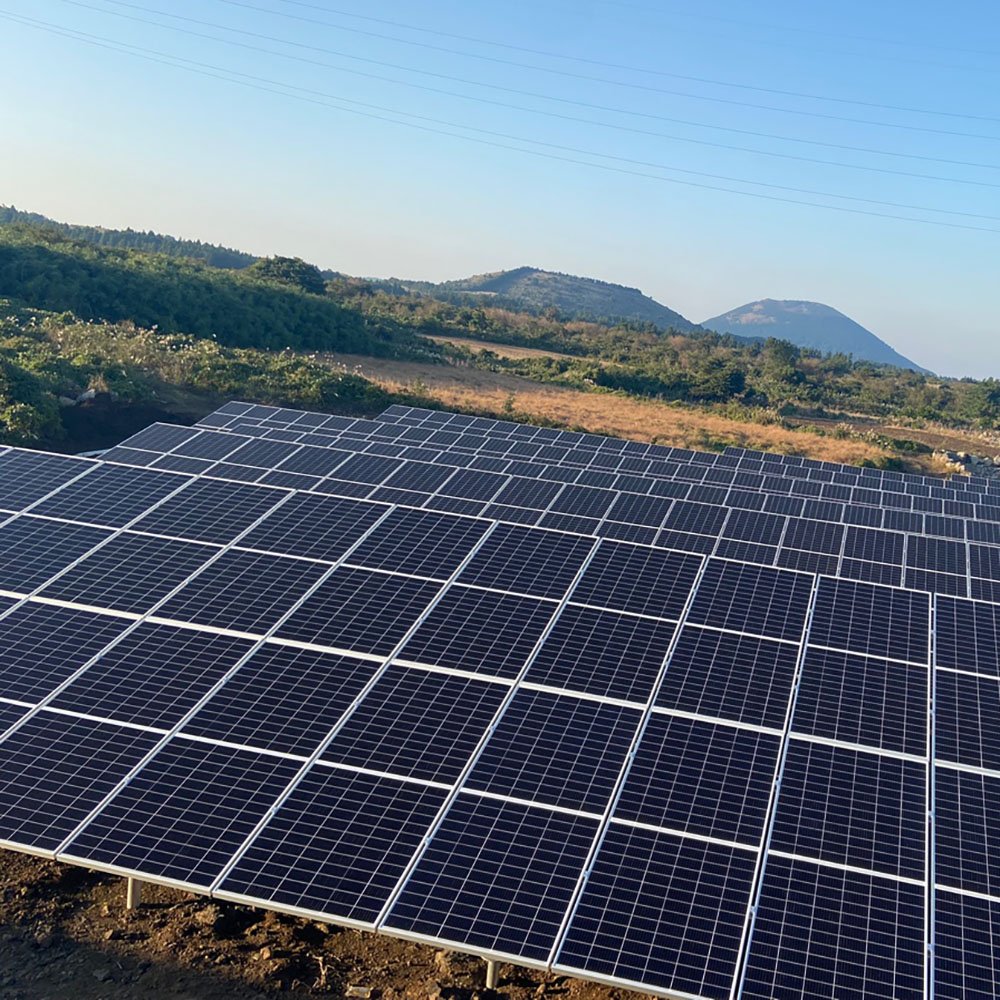
Hot-Dip Galvanizing vs. Electro-Galvanizing: What’s the Difference?
Zinc coating is widely used for protecting steel structures from corrosion, and two major methods dominate the field: hot-dip galvanizing and electro-galvanizing. Both create a protective zinc layer on steel surfaces but differ significantly in performance, appearance, and application suitability.
Table of Contents
What is Hot-Dip Galvanizing?
Hot-dip galvanizing involves immersing steel components into molten zinc. As the steel is dipped, a metallurgically bonded zinc-iron alloy layer forms, creating a thick and highly durable protective coat.
Key Features of Hot-Dip Galvanizing
- Coating thickness: 50–150 μm
- Excellent abrasion and impact resistance
- Strong metallurgical bonding with base steel
- Cost-effective for large structures
- Suitable for outdoor and harsh environments
Common Applications
- Solar ground mounting structures
- Bridges and highway equipment
- Agricultural or utility-scale PV racking systems
- Steel brackets for carports or fences
🔗 See Hot Dip Galvanized PV Bracket
🖼️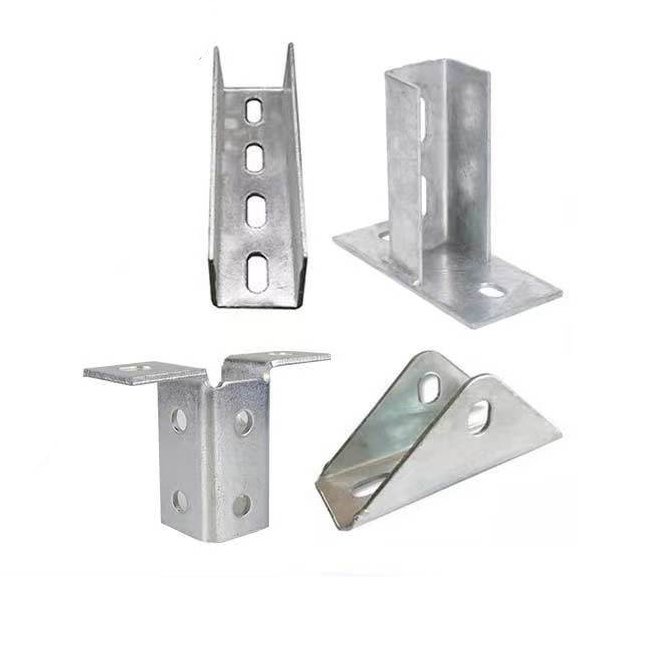
What is Electro-Galvanizing?
Electro-galvanizing uses electrolysis to deposit zinc onto the surface of steel in a controlled and uniform manner. This process allows for precision in coating thickness and a smoother, more aesthetically appealing finish.
Key Features of Electro-Galvanizing
- Thin, uniform coating: 5–20 μm
- High surface aesthetics
- Ideal for small or complex parts
- Compatible with post-treatments like chromate or paint
- Relatively higher cost per part
Common Applications
- Electronics and home appliances
- Auto parts and interior components
- Solar mounting accessories requiring clean finish
🔗 See Stainless Solar Panel Clips
🖼️
Side-by-Side Comparison
| Feature | Hot-Dip Galvanizing | Electro-Galvanizing |
|---|---|---|
| Coating Thickness | 50–150 μm | 5–20 μm |
| Corrosion Resistance | Very high | Moderate |
| Surface Appearance | Rough, matte | Smooth, shiny |
| Adhesion Strength | Strong alloy bonding | Mechanical adhesion only |
| Cost Efficiency | Low for large items | Higher for mass small parts |
| Typical Applications | Solar frames, bridges, fences | Clips, fasteners, panels |
How to Choose the Right Galvanizing Method
🧩 Factors to Consider:
- Environmental exposure (indoor, outdoor, coastal)
- Expected lifespan and corrosion resistance
- Size and geometry of the parts
- Aesthetic requirements
- Budget and delivery timeline
In general:
- Choose hot-dip galvanizing for outdoor durability and long-term protection (e.g., Sistem de montare solară la sol)
- Choose electro-galvanizing for clean aesthetics and indoor use (e.g., Solar Mounting Accessories)
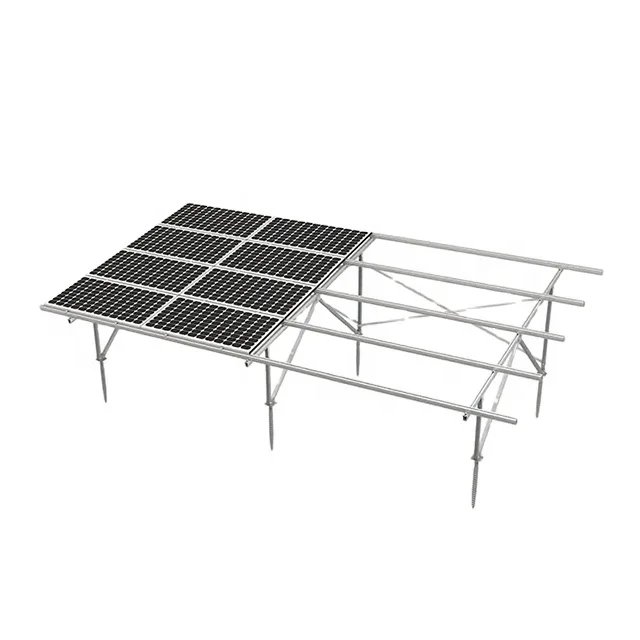
Emerging Trends in Zinc Coating Technologies
🔬 Technological Developments
- Zn-Al-Mg coatings offer enhanced corrosion resistance even in coastal or industrial zones
- Duplex systems (zinc coating + paint) combine the protection of galvanization with the aesthetics of coating
- High-speed electroplating improves productivity for small part manufacturing
🔗 Explore Zn-Al-Mg Waterproof Coating
Conclusion
Hot-dip and electro-galvanizing each offer unique advantages in durability, appearance, and cost. For solar structures, hot-dip galvanizing remains the preferred option due to its superior weather resistance. Meanwhile, electro-galvanizing fits applications that demand high surface quality and precision.
Understanding these differences allows designers, contractors, and engineers to select the most effective corrosion protection method for their specific solar mounting needs.

